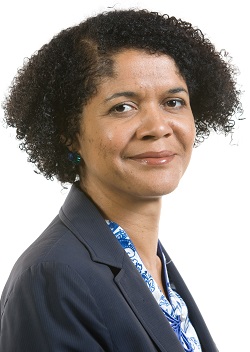Each year, NU Women compiles data from our events and initiatives as well as the results from our Annual Survey to assess the impact of the Network over the past year and consider changes we could make in the year ahead.
Some key findings from the report this year include:
- The ability to access recordings of our events has been highly valued over the past year. This is something we will look to preserve as we move into a blended approach in the future, particularly as some members have expressed a desire to see the return of in-person events.
- From our Annual Survey responses, the bi-monthly newsletter was the most valued activity organised by NU Women over the past year. Currently, the newsletter has over 1100 subscribers, and following the redesign in January 2021 we’re very pleased to hear that it’s well received.
- Following this, the blog was cited as the second most valuable resource organised by NU Women this year. Based on other survey responses and feedback through other channels, this is because it is used as an accessible archive for our events where we post summaries and recordings.
- Several survey respondents requested more networking and/or career oriented events in the coming academic year. Specifically, we will look to host women talking about their career paths, mixer events, and career mentoring.
- These responses also echo a more general desire to see some more interactive or workshop-style events hosted by NU Women, with the understanding that some of these types of events are covid dependent.
- Other activities organised by NU Women this year include: weekly writing groups; a zine collecting creative responses to working conditions during the pandemic; a film on the topic of women’s work at the University; and a charity glasses collection drive where we were able to donate over 400 pairs of glasses for Vision Aid Overseas.
Thank you to all our members for participating in NU Women, particularly through the challenges of 2020-21, and for your thoughtful responses as we look to improve our work in the future.
The report can be accessed in full below:




